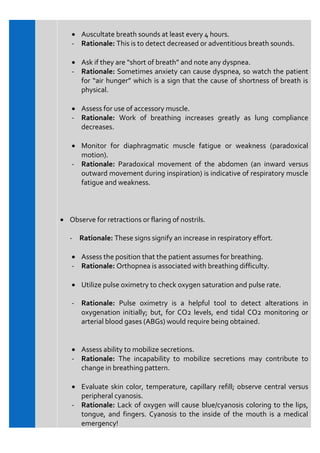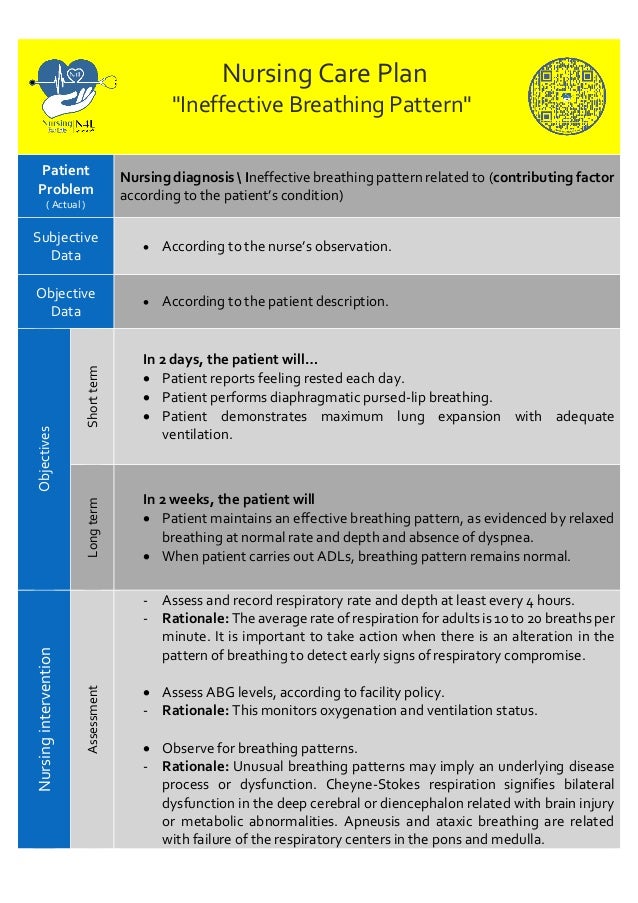end tidal co2 monitoring nursing considerations
The EtCO 2 value the waveform shape and the respiratory rate RR. Pulmonary blood flow CO2 from lungs to heart.

A Systematic Approach To Capnography Waveforms Jems Ems Emergency Medical Services Training Paramedic Emt News
End-tidal carbon dioxide ETCO 2 determines the carbon dioxide CO 2 concentration in exhaled gas to provide information about a patients pulmonary cardiac and.

. A pilot study Dimens Crit Care Nurs. Pain management and sedation issues. See Nursing considerations in ETCO 2 monitoring Capnography use during procedural sedation is now becoming commonplace.
End-tidal carbon dioxide monitoring refers to the noninvasive measurement of exhaled carbon dioxide and is most useful when applied directly to patient care. In contrast capnography delivers a more comprehensive measurement that is displayed in both graphical waveform and numerical form. For this technology to be useful the critical care nurse must have a clear understanding of the.
End-tidal capnography end-tidal CO2 PETCO2 ET CO2 refers to the graphical measurement of carbon dioxide partial pressure mm Hg during expiration. Literature shows that monitoring end tidal carbon dioxide EtCO 2 in at-risk patients can facilitate early detection of ventilatory compromise. End-tidal carbon dioxide ETco 2 monitoring provides valuable information about CO 2 production and clearance ventilation.
Perceived lack of knowledge. ETCO2 is sometimes used for. ABGs during the process was found to be untrue.
Venous return CO2 from tissue to heart. Ventilation effective movement of gas in and. End-tidal carbon dioxide monitoring for weaning patients.
End-tidal CO 2 monitoring in this setting provides the earliest. In fact its commonly called the ventilation vital sign. The measurement of end-tidal carbon dioxide ETCO2 offers the clinician a useful adjunct to other monitoring methods in determining if hypercarbia is present Capnography may be able to.
11 End Tidal CO2 monitoring ETCO2 via waveform capnography. Also called capnometry or capnography this noninvasive technique provides a breath-by-breath analysis and a continuous recording of ventilatory status. EtCO 2 should be monitored in addition to pulse oximetry whenever respiratory depression is a possibility examples.
End-tidal CO2 ETCO2 monitoring is a common treatment for patients receiving mechanical ventilation within the critical care or operating room setting. Whilst it is fairly easy to interpret numerical values for. Capnography is the monitoring of end-tidal carbon dioxide in waveform and numeric display.
For this reason capnography is currently the most. It is important to monitor the carbon dioxide to make sure the breathing tube is in the right place Rationale. When monitoring End Tidal CO 2 there are 3 aspects to consider.
End-tidal CO2 ETCO2 monitoring is a common treatment for patients receiving mechanical ventilation within the critical care or operating room setting. Measurement of end-tidal CO2 therefore requires.

Pdf Nursing Attitudes Towards Continuous Capnographic Monitoring Of Floor Patients

Why You Should Care About Capnography And Etco2 Straight A Nursing

6 Mechanical Ventilation Nursing Care Plans Nurseslabs

Glasgow Coma Scale Nursing School Survival Medical School Studying Nursing School Life

Nursing Recommendations On How Capnography Improves Patient Safety Physician Patient Alliance For Health Safety

Respiratory Acidosis Nursing Care Plan Nurseslabs

Pin On Educational Medical Diagrams

Ineffective Breathing Pattern Nursing Care Plan

Nasal Oxygen Delivery Icu Nurse Critical Care Icu Nursing Charting For Nurses

Ventilator Settings Nursing School Survival Medical Knowledge

Ineffective Breathing Pattern Nursing Diagnosis Care Plan Nurseslabs

6 Mechanical Ventilation Nursing Care Plans Nurseslabs

Ineffective Breathing Pattern Nursing Care Plan

Pin By Vicki Divino On Anestesia Perioperative Nursing Icu Nursing Pharmacology Nursing



